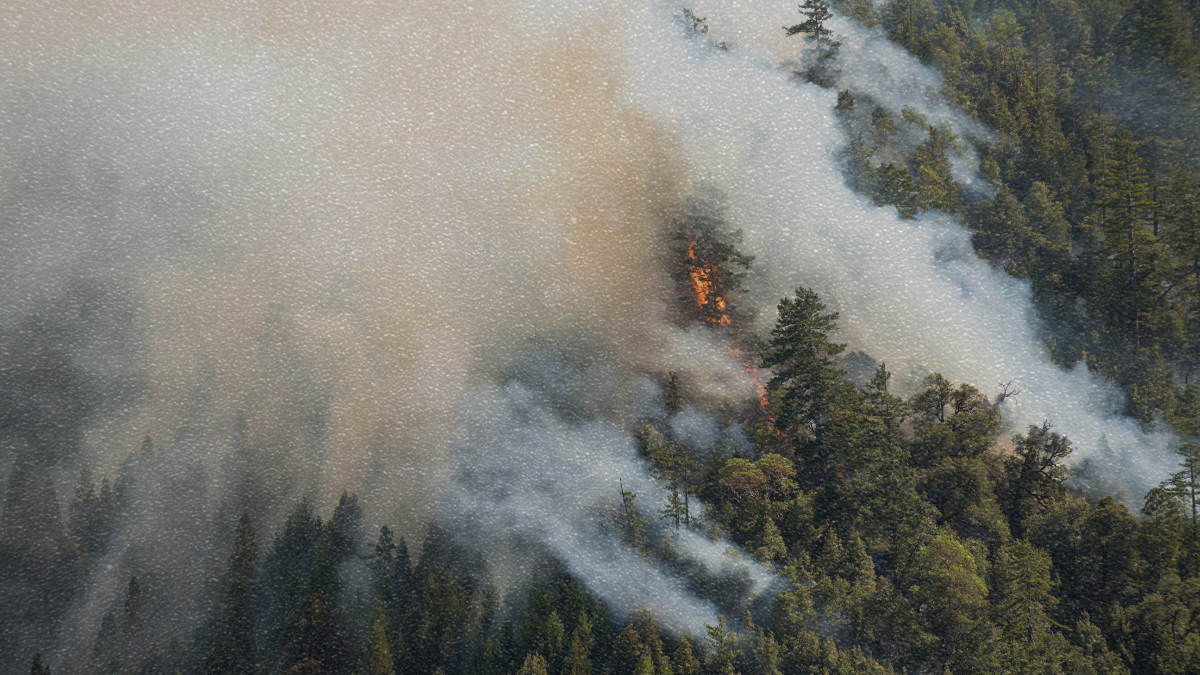Source: NC Newsline
The parched lands of North Carolina are bearing stark witness to the intensifying climate crisis. For months, the skies have remained stubbornly dry, casting a pall of drought over the state. Asheville has not seen a significant downpour since late August, leaving its rain gauge yearning for a replenishing shower. The situation is echoed across the state, with Hickory, Southern Pines, and Reidsville all reeling from rainfall deficits.
These relentless dry spells are not mere anomalies; they are harbingers of a changing climate, a reality that is no longer confined to distant forecasts but is unfolding in our backyards. The Fifth National Climate Assessment, a sobering assessment of our planet’s predicament, paints a stark picture of the consequences that await if we fail to heed the warnings.
The report underscores the urgency of curbing greenhouse gas emissions, emphasizing that without drastic action, we face an escalating onslaught of extreme weather events, including rising sea levels, intensified storms, and widespread disruptions to ecosystems. Each incremental rise in temperature amplifies the risks and amplifies the economic toll.
Yet, amidst the grim outlook, there lies a glimmer of hope. The assessment reminds us that every increment of warming averted through emission reductions or carbon dioxide removal diminishes the severity of climate change’s impacts. While uncertainties linger regarding the planet’s precise response to rapid warming, the trajectory of climate change remains largely in our hands.
Prioritizing renewable energy sources and energy-efficient buildings stands paramount, even in the face of resistance from entrenched interests. Reviving sustainable agricultural practices and reducing meat consumption are essential, much to the chagrin of agribusiness giants. And investing in public transportation runs counter to the road-centric agendas of transportation authorities.
Protecting our forests, often clear-cut for development or wood pellet production, demands a shift in priorities, challenging the influence of powerful lobbying groups. Halting development in flood-prone areas, sacrificing the allure of beachfront homes, and adopting water conservation measures to break free from the tyranny of manicured lawns are all necessary sacrifices.
While North Carolina has yet to experience a major hurricane since Florence in 2018, the coastal regions are not immune to climate-related disruptions. Sunny day flooding has become a regular occurrence, and erosion is relentlessly gnawing at shorelines, causing homes to crumble into the Atlantic Ocean.
The year 2023 has been a stark reminder of North Carolina’s vulnerability to climate change. Ninety-six counties are grappling with drought conditions, with thirteen in the southwestern region classified as extreme. Wildfires, fueled by the dry conditions, have ravaged the state, leaving behind a trail of destruction.
The Sauratown wildfire in Stokes County scorched 833 acres before being contained last week. The Poplar Drive fire in Henderson County consumed 434 acres, and the Black Bear fire in Haywood County engulfed 1,888 acres. These are just a few examples of the wildfires that have ravaged the state, leaving behind a total of 17,682 acres of charred land.
The stark realities of North Carolina’s climate crisis demand a collective awakening. We must embrace the scientific consensus, acknowledge the urgency of the situation, and collectively embark on a transformative journey towards a sustainable future. The time for complacency is over; the time for action is now.





